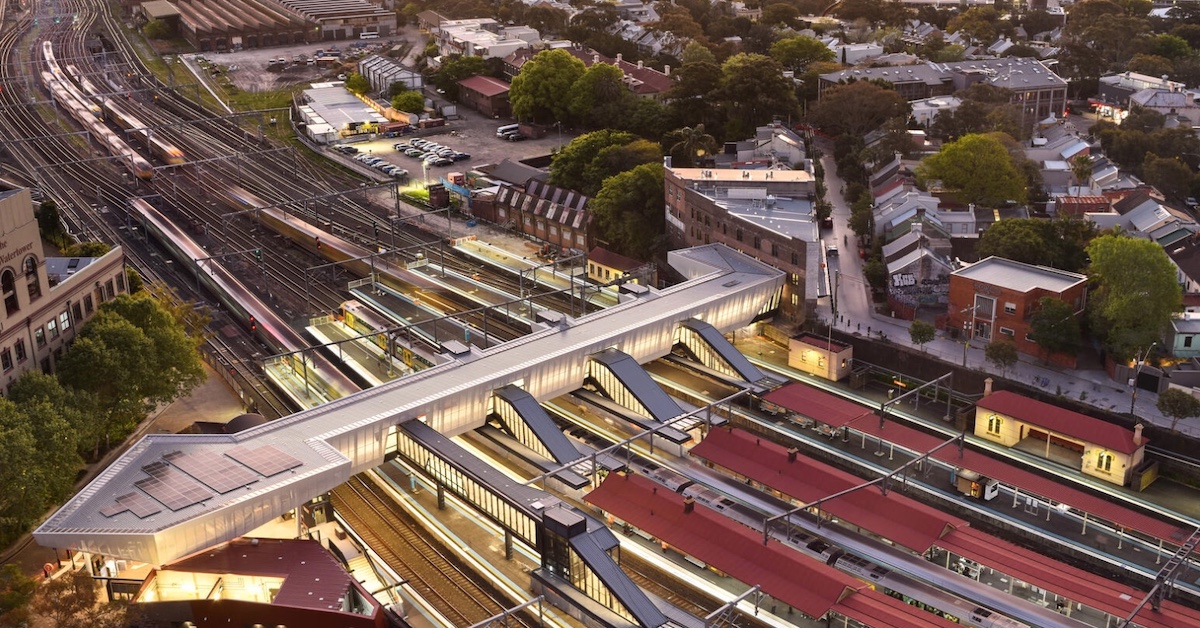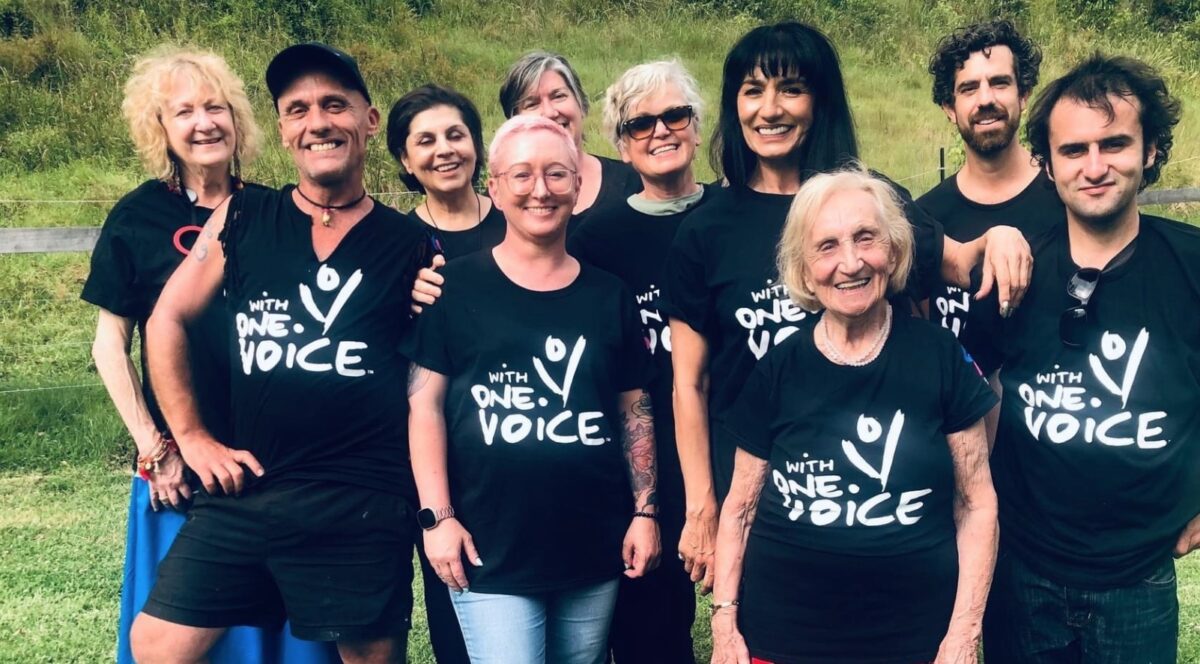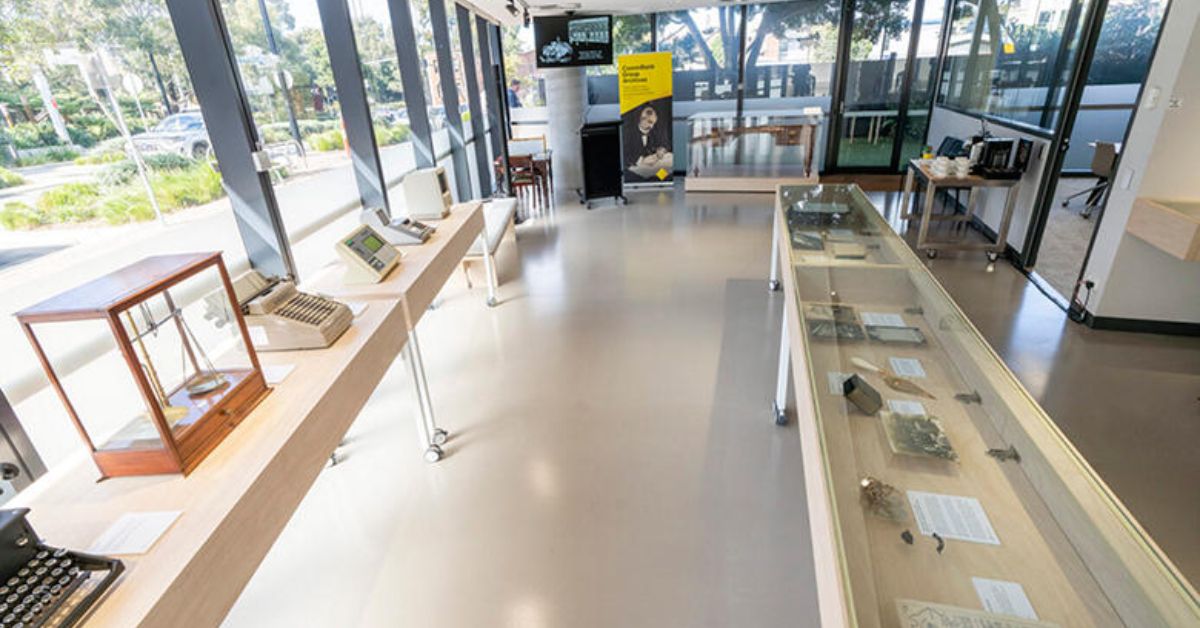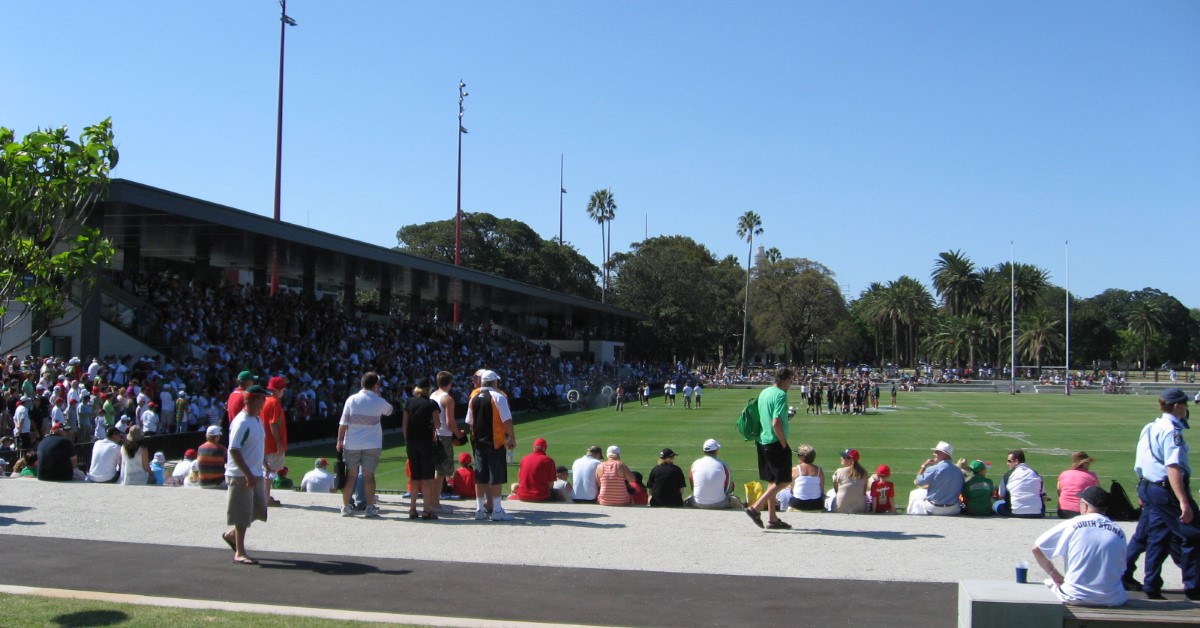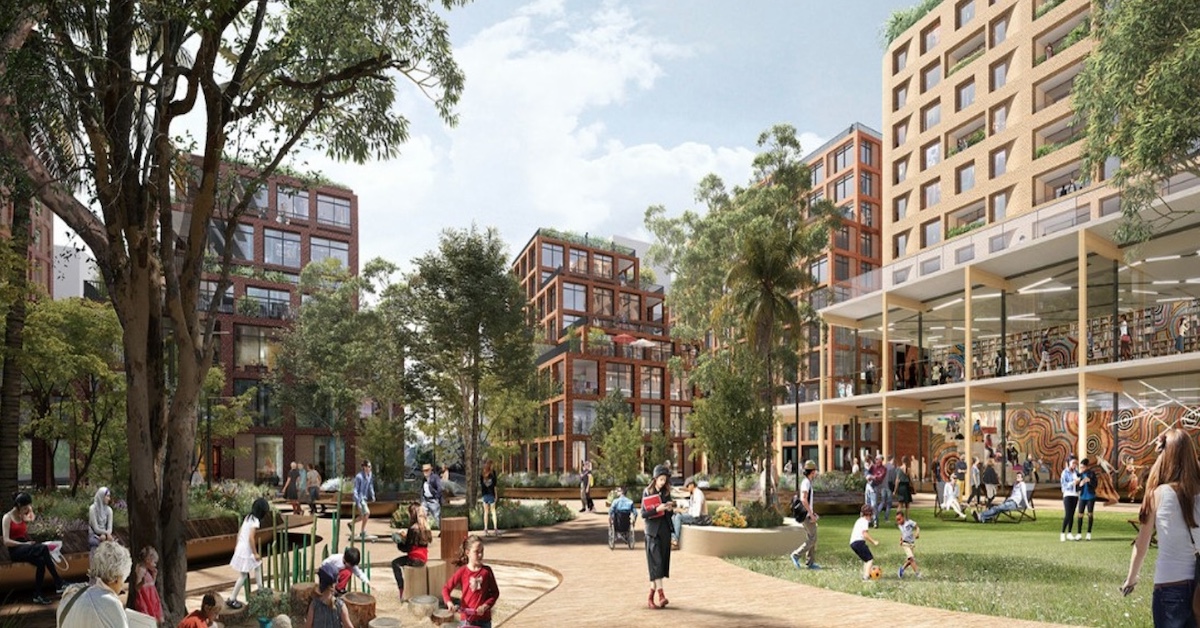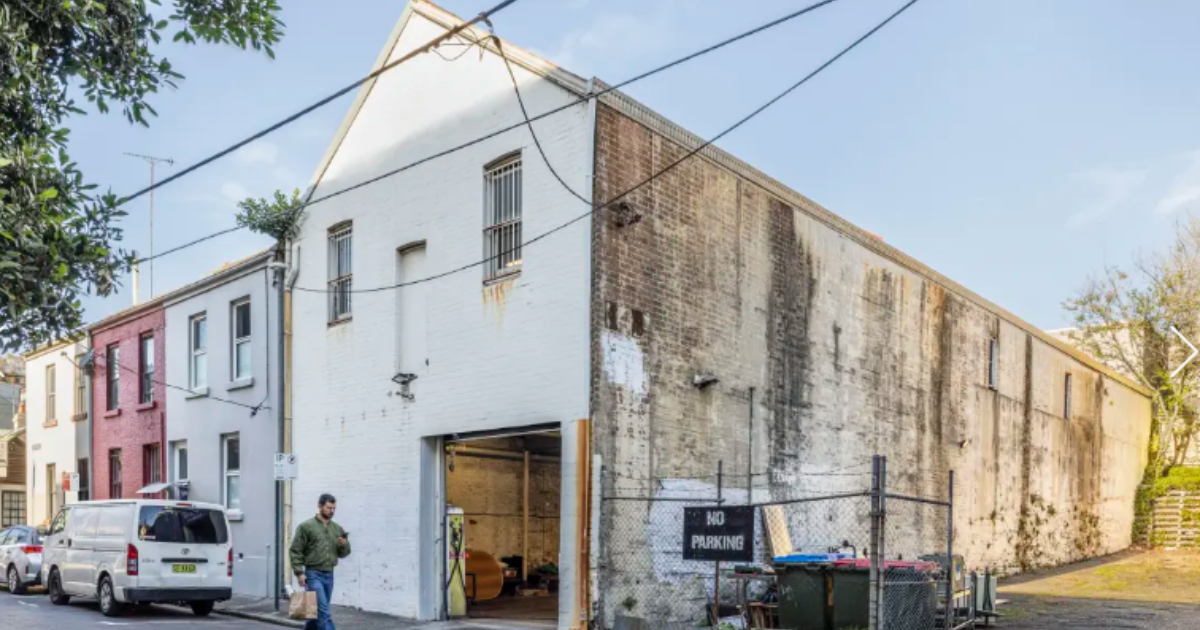Did you know that there are several new cycleways and shared paths in Alexandria and Erskineville?
The introduction of new cycling infrastructure was driven by a growing trend in Alexandria and Erskineville, areas that recent research have identified as emerging places for interest in cycling in Sydney.
One of the most prominent additions is a 1.2-km, two-way separated cycleway that runs along Henderson Road, Railway Parade, and Bridge Street. This route connects Erskineville to Eveleigh, serving businesses and homes in the area. These newly established connections are part of the City of Sydney’s ongoing efforts to facilitate better cycling and walking infrastructure.
Sydney LM Clover Moore AO expressed her excitement about the newly established infrastructure and its potential to transform the city into a hub for cycling, walking, and public transport.
“These permanent cycleways and shared paths leave local streets safer, calmer and quieter, and our air cleaner to breathe. They’re connecting neighbourhoods, increasing transport choices, and leading to more active and healthy communities. We are making cycling easier and safer, so it is an appealing and feasible option for even more people,” she said.
Mitchell Road and Huntley Street have also received significant enhancements, providing better access for riders from the southern areas of Alexandria, Erskineville, Redfern, and beyond. Furthermore, the completion of dedicated cycleways along parts of Ashmore and Harley Streets, combined with new shared paths between Elliott Avenue and Buckland Street, has enhanced connectivity for residents, particularly students and parents accessing nearby schools.
The rising popularity of cycling in Alexandria and Erskineville is further evident in a recent survey conducted by the University of NSW, which found that 19% of residents in the Ashmore precinct ride a bike to work or study.
When combined with the 26% of residents who walk to work or study, these suburbs are becoming model communities for active transport.
The City of Sydney’s manager of cycling strategy, Fiona Campbell, attributes this success to the city’s investments in safe cycling infrastructure and educational efforts.
“This is a case of build it and they will come. The City of Sydney has invested in safe infrastructure which is a big component. But we have also put lots of effort into educating the community and offering courses that empower people to feel confident riding in a big city like Sydney,” she said.
“We have more work to do but the signs for Sydney’s riding community look positive.”
Published 13-October-2023




